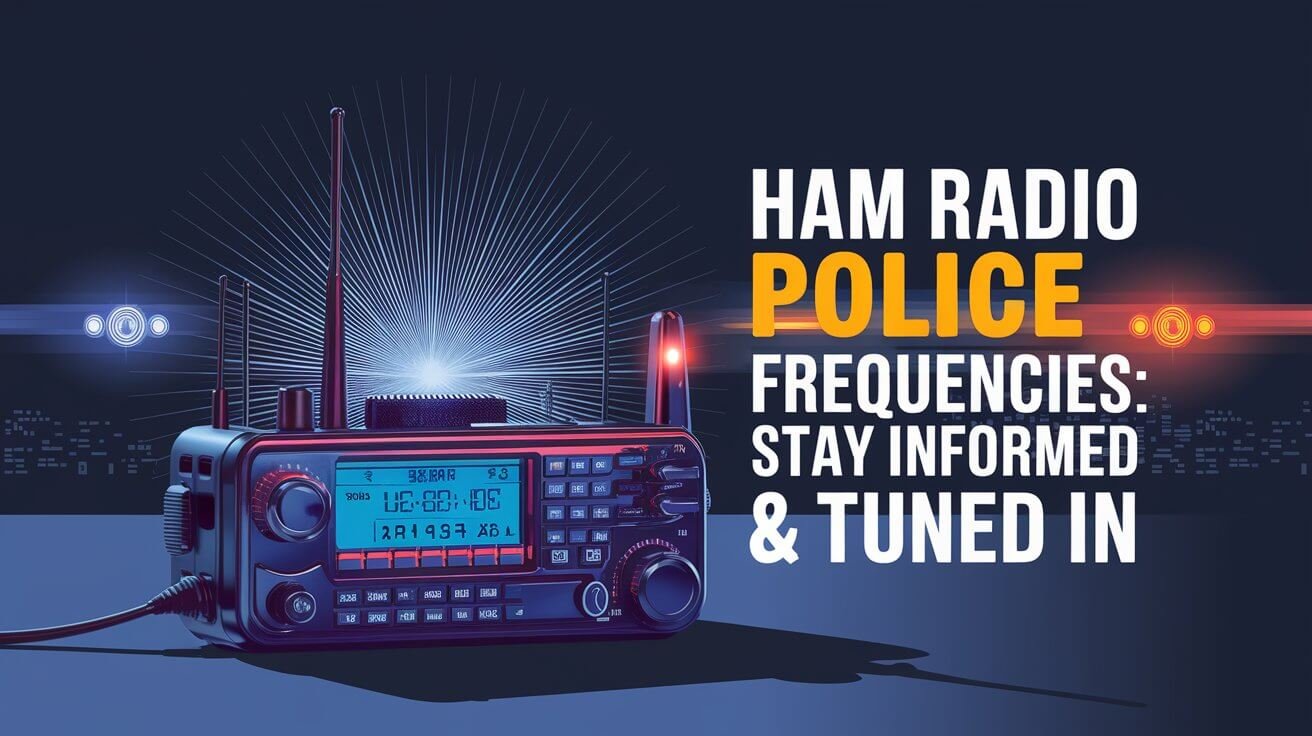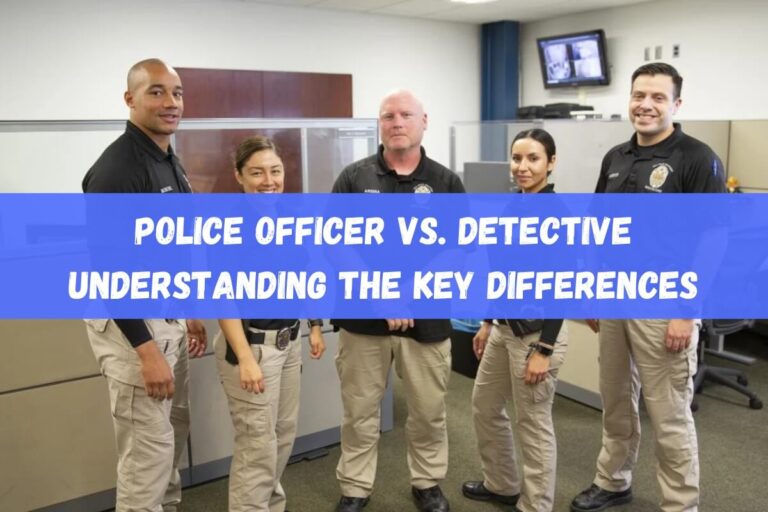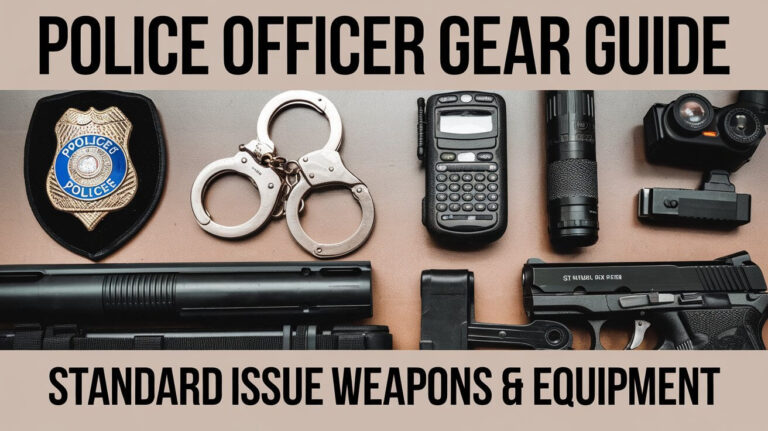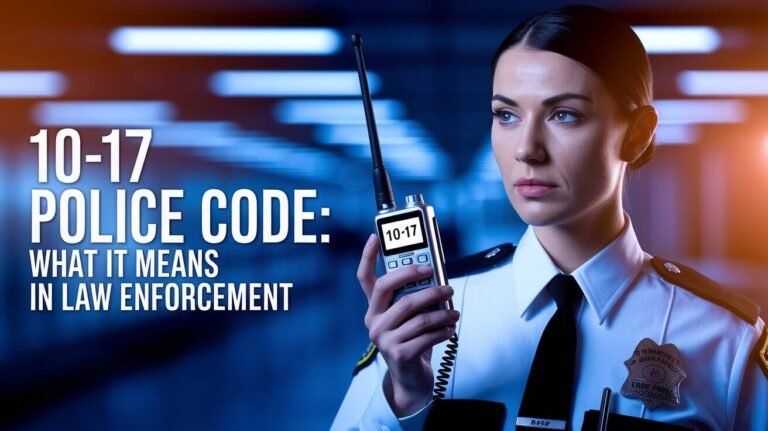Ham Radio Police Frequencies: Stay Informed & Tuned In

Staying informed and connected during emergencies is key. Ham radio frequencies are vital for this. They cover a wide range, from 154.400 MHz to 859.9375 MHz, with 70 frequencies for police and fire.
Ham radios are lifesavers for emergency services. Knowing how to use them can save lives. They are essential for emergency communication.
Emergency communication is critical. Ham radios help you stay informed and connected. The Los Angeles Fire Department uses 22 different frequencies.
Understanding ham radio police frequencies is important. It helps you stay prepared and informed during emergencies. Ham radios and police frequencies are essential tools for emergency communication.
Legal Requirements and Regulations
Using a ham radio comes with legal rules to follow. You need an FCC license to use certain frequencies and power levels. To get this license, you must pass a written exam. There are different levels of licenses, each with its own set of privileges.
There are also frequencies you can’t use. These are for things like police and Red Cross communications. Each state has its own laws about ham radio use. It’s important to know these laws to stay out of trouble.
FCC Licensing Requirements
To get an FCC license, you must pass a written exam. This exam tests your knowledge of ham radio, its rules, and safety. The license lets you use specific frequencies, like 52.525 MHz for FM calling on the six-meter band.
Restricted Frequencies
There are certain frequencies you can’t use. For example, 155.475 MHz is for police, and 156.80 MHz is for maritime distress calls. You also need to know the laws in your state, like the rules for using 151.625 MHz for mobile businesses.
State-Specific Laws
State laws about ham radio use can be different. For instance, some states have rules for using 154.28 MHz for fire department emergencies. Following these laws helps ensure safe and responsible communication.
Radio Equipment Specifications
Choosing the right ham radio gear is key for good communication. Many amateur radio users also work in public safety. They need reliable radio equipment to stay in touch. Commercial radios are often pricier, but options like the Anytone NSTIG-8R are more affordable.
Antenna selection is also vital. The right antenna can greatly improve your radio’s performance. You should think about the frequency range and tuning step. For example, some public safety channels need a 2.5-kHz step.
- VCALL10: 155.7525 MHz
- VCALL11: 151.1375 MHz
- VFIRE24: 154.2725 MHz
It’s also important to pick the right transceiver type. You can choose from handheld, mobile, or base station transceivers. Brands like Motorola and Kenwood make durable radios. But, Baofeng and Wouxun offer cheaper options. Make sure to pick gear that fits your needs and budget.
| Radio Equipment | Price Range | Features |
|---|---|---|
| Anytone NSTIG-8R | Under $75 | Handheld transceiver with 2.5-kHz tuning step |
| Uniden BC355N | Under $100 | Programmable non-trunking scanner with 100 channels |
| Baofeng UV-5R | Under $50 | Handheld transceiver with dual-band capability |
Ham Radio Police Frequencies: Bands and Ranges
Ham radio police frequencies use different bands and ranges. These include VHF and UHF frequency ranges. They are key for public safety, helping law enforcement respond to emergencies and work together.
The VHF range is from 150-174 MHz, and UHF is from 450-475 MHz. These ranges help with emergency response, law enforcement, and public safety. Trunked systems manage communication between agencies and teams, making sure the right messages reach the right people.
Frequency Range Comparison
A comparison of the different frequency ranges used for ham radio police frequencies is shown in the table below:
| Frequency Range | Description |
|---|---|
| VHF (150-174 MHz) | Used for public safety frequencies, including law enforcement and emergency response |
| UHF (450-475 MHz) | Used for public safety frequencies, including law enforcement and emergency response |
| Trunked Systems | Used to manage and coordinate communication between different agencies and teams |
Knowing the different frequency ranges and trunked systems is key for good communication. By using the right ones, law enforcement can quickly and effectively handle emergencies. This keeps the public safe.
Setting Up Your Monitoring Station
To set up a monitoring station for ham radio police frequencies, you need to consider a few key things. You’ll need a transceiver, an antenna, and a power source. The antenna you choose is very important because it affects the signal quality.
There are different types of antennas, like indoor and outdoor ones. Each has its own benefits and drawbacks.
Some important parts of a monitoring station include a good transceiver, like the Baofeng UV-5X3. It lets you tune frequencies yourself. The antenna you pick depends on the frequency range you want to listen to. For local police and fire, you’ll need something for 450 MHz to 464 MHz.
Picking the right gear and setting it up right, you can get the best results. This way, you’ll know what’s happening with local police and fire.
When setting up your monitoring station, keep these tips in mind:
- Choose a reliable transceiver with custom frequency tuning capabilities
- Select an appropriate antenna for the frequency range you want to monitor
- Ensure a stable power source to prevent interruptions
Following these steps and choosing the right equipment, you can create a great monitoring station for ham radio police frequencies.
Digital Scanning Technology
Digital scanning technology has changed how we use ham radio police frequencies. It lets users scan and find different frequencies easily. This is key for quick emergency communication. The Uniden Bearcat series, like the BCD436HP and BCD536HP, are favorites for their features.
There are many digital scanning options out there. Look for scanning software, frequency range, and channel count. For example, the Whistler WS1040 and WS1065 have 1,800 frequencies and 39,000 storage objects. They’re perfect for monitoring lots of frequencies.
| Scanner Model | Price | Features |
|---|---|---|
| Uniden Bearcat BCD436HP | $549.99 | 25,000 dynamically allocated channels, scanning software |
| Whistler WS1040 | $299.99 | 1,800 frequencies, 39,000 total storage objects |
| Uniden Bearcat BCD996P2 | $499.99 | 25,000 dynamically allocated channels, frequency scanning |
Digital scanning technology is a powerful tool for ham radio police frequencies. By picking the right scanning software and device, users can quickly find and identify frequencies. This makes it vital for emergency communication.
Emergency Response Protocols
In emergency situations, clear communication is key. Emergency response protocols help first responders talk efficiently and act fast. Weather alerts and public safety messages are key parts of these plans. They keep responders updated on dangers and help them react quickly.
Ham radios are great for emergency talks, like weather alerts and safety messages. Over 8,000 fire and police scanners stream live audio, sharing emergency details. Using these protocols can save lives and lessen emergency impacts.
Importance of Emergency Response Protocols
Emergency response protocols are very important. They help responders work together and act fast in disasters like hurricanes or earthquakes. For example, during hurricane season, ham radio “hurricane nets” share weather updates and damage reports. This helps responders know how to act.
Role of Public Safety Communications
Public safety communications are vital in emergency plans. They let responders talk to each other and the public, sharing important emergency info. This can lower accident and injury risks and help responders handle emergencies better.
| Emergency Response Protocol | Importance |
|---|---|
| Weather Alerts | Provide real-time information about weather conditions, enabling responders to respond appropriately |
| Public Safety Communications | Enable responders to communicate with each other and with the public, providing critical information about emergency situations |
| Emergency Broadcast Systems | Enable responders to broadcast critical information to the public, providing instructions and updates about emergency situations |
Regional Frequency Directories
Regional frequency directories are key for ham radio police frequencies. They give vital info on frequency allocation and channel assignment. These directories are essential for emergency communication, helping users find the right frequencies fast.
They make navigating the complex world of ham radio police frequencies easier. This ensures effective communication and coordination in emergencies.
Some notable examples include the FCC’s Frequency Allocation Table and online databases like RadioReference and ScanDB. These resources list frequencies used by law enforcement, fire departments, and emergency medical services. By using these directories, users can keep up with the latest frequency allocations and channel assignments.
This ensures seamless communication and coordination.
To make the most of regional frequency directories, it’s important to know how to use them well. Here are some tips:
- Familiarize yourself with the directory’s format and organization
- Use the directory to identify the relevant frequencies for your location and needs
- Regularly update your knowledge of frequency allocations and channel assignments
Using regional frequency directories and following these tips, users can improve their use of ham radio police frequencies. This ensures effective communication and coordination in emergencies. Whether you’re experienced or new to ham radio, these directories are invaluable for staying connected and informed.
Interference Prevention Methods
Keeping ham radio police frequencies clear is key. Interference comes from other radios and electrical stuff. In cities, more devices mean more interference.
Things like sparks from welders and motors can mess with signals. So can power line noise and bad audio connections. Finding and fixing these problems is vital.
Fixing issues might mean finding the troublemaker, using filters, and ground isolators. Short cables and right connections help too. Knowing what causes trouble and how to stop it keeps ham radios working well.
| Interference Source | Prevention Method |
|---|---|
| Sparks from electric welders | Use filters and ground isolators |
| Power line noise | Use short cables and proper connections |
| Unbalanced audio connections | Avoid unnecessary grounding and use balanced cables |
Conclusion
Ham radio police frequencies are key for reliable communication in emergencies. They offer a backup when regular ways to talk fail. This lets first responders and the public work together smoothly.
Knowing the rules, tech needs, and emergency plans is important. Ham radio fans help keep their communities safe and sound.
Using ham radio for weather alerts, sharing safety info, or in emergencies is super helpful. With the right licenses, tech, and maps, these channels stay open and safe. This is true even when things get tough.
Starting with ham radio means following the law, using it wisely, and sticking to rules. This keeps these vital tools working well. By using ham radio, you help make your community stronger and more ready for anything.
FAQs
What is the importance of ham radio police frequencies in emergency communication?
Ham radio police frequencies are key in emergencies. They help people stay connected when usual ways to talk are down.
What are the legal requirements and regulations surrounding the use of ham radio police frequencies?
Using ham radio police frequencies needs FCC licenses and follows state laws. It’s vital to follow these rules to avoid problems and keep communication safe.
What types of radio equipment are used for monitoring ham radio police frequencies?
For emergency talks, the right ham radio gear is needed. This includes transceivers, antennas, and power sources. Picking the best equipment is key for clear communication.
What are the different types of ham radio police frequencies and their characteristics?
Ham radio police frequencies come in VHF, UHF, and trunked systems. Each has its own strengths and weaknesses, like range and interference.
How do I set up a monitoring station for ham radio police frequencies?
To set up a monitoring station, you need the right parts. This includes choosing the best antenna and ensuring enough power. A good setup is important for clear communication in emergencies.
How can digital scanning technology be used with ham radio police frequencies?
Digital scanning tech, like software and frequency scanning, can improve using ham radio police frequencies. It helps in emergency talks.
What are the emergency response protocols for ham radio police frequencies?
Ham radio police frequencies are vital in emergencies. They help with weather alerts, public safety talks, and emergency broadcasts. Knowing these protocols is key for good emergency communication.
How do regional frequency directories help with the use of ham radio police frequencies?
Regional frequency directories give important info on frequency use. This info is key for making ham radio police frequencies work best in emergencies.
How can interference be prevented when using ham radio police frequencies?
Stopping interference is critical for good emergency talks. Knowing common interference sources and how to fix them helps keep communication clear on ham radio police frequencies.






